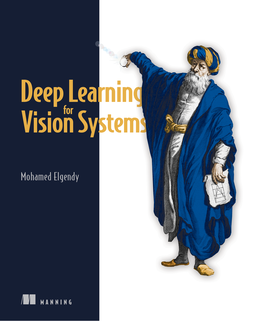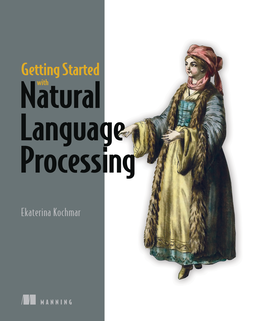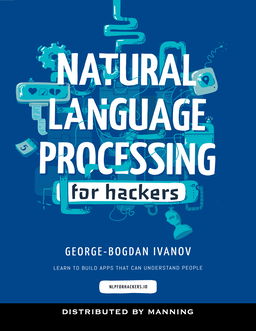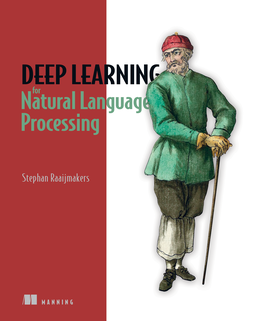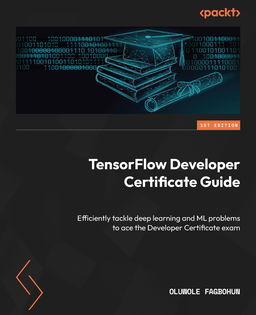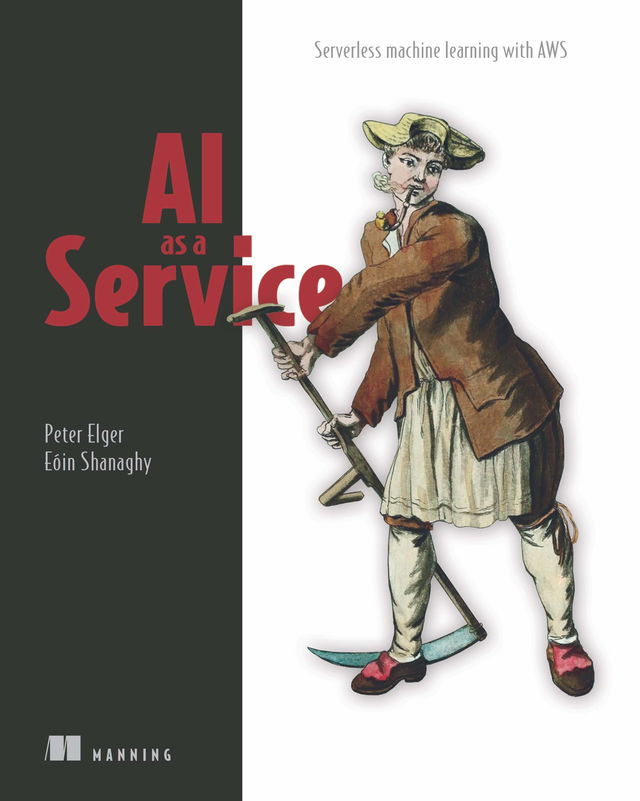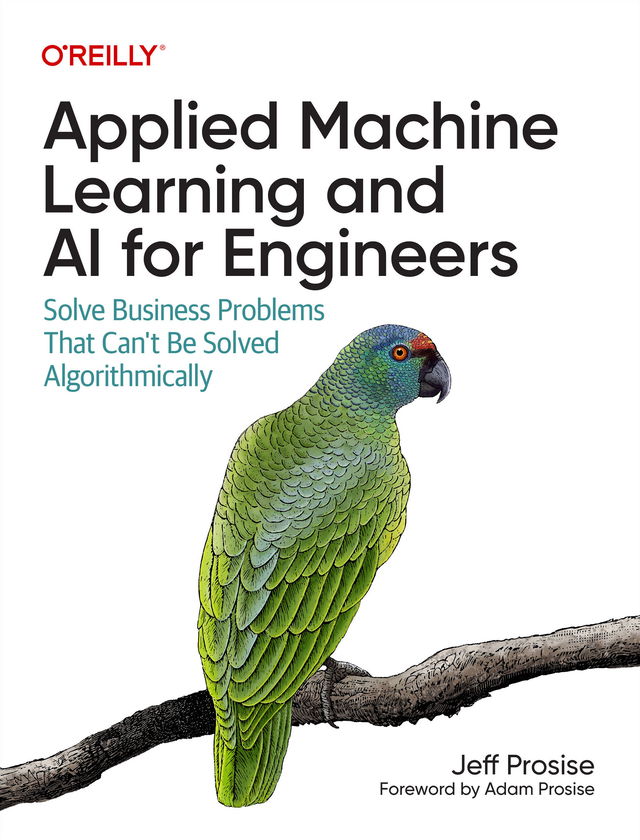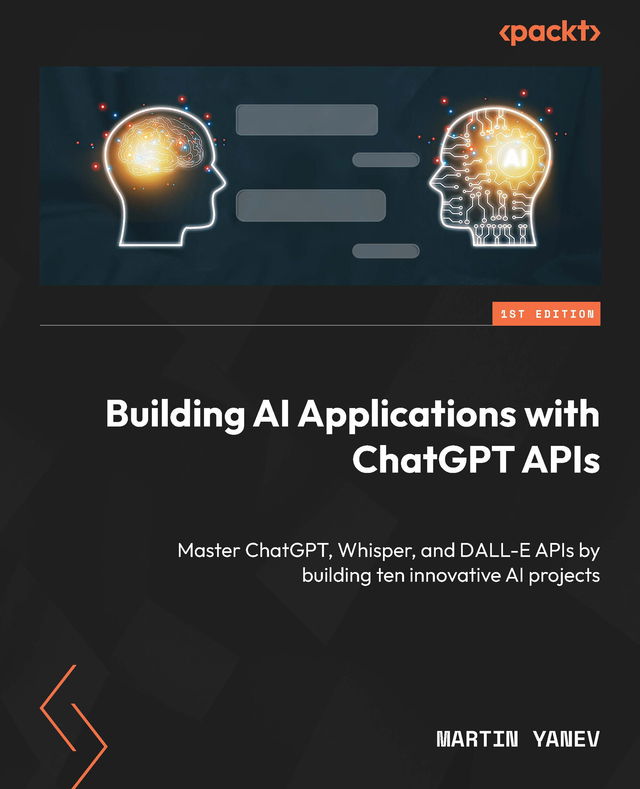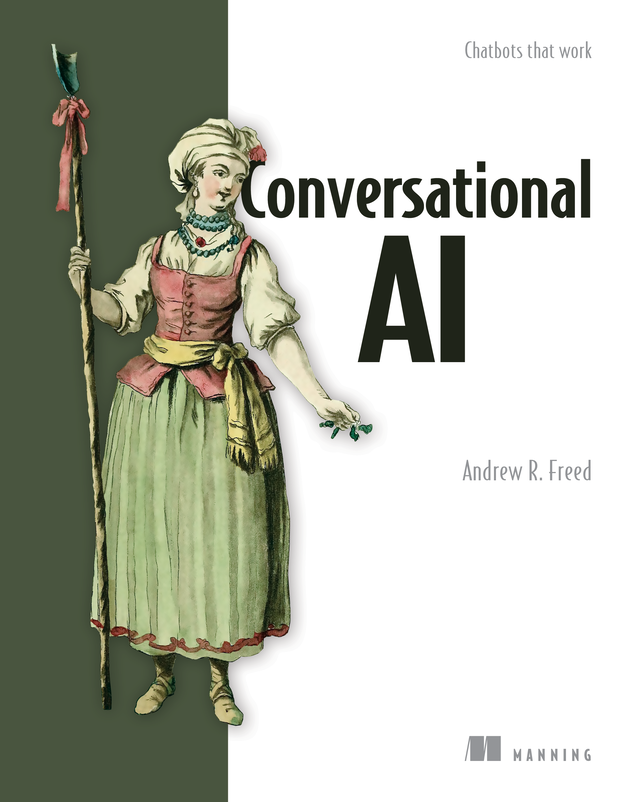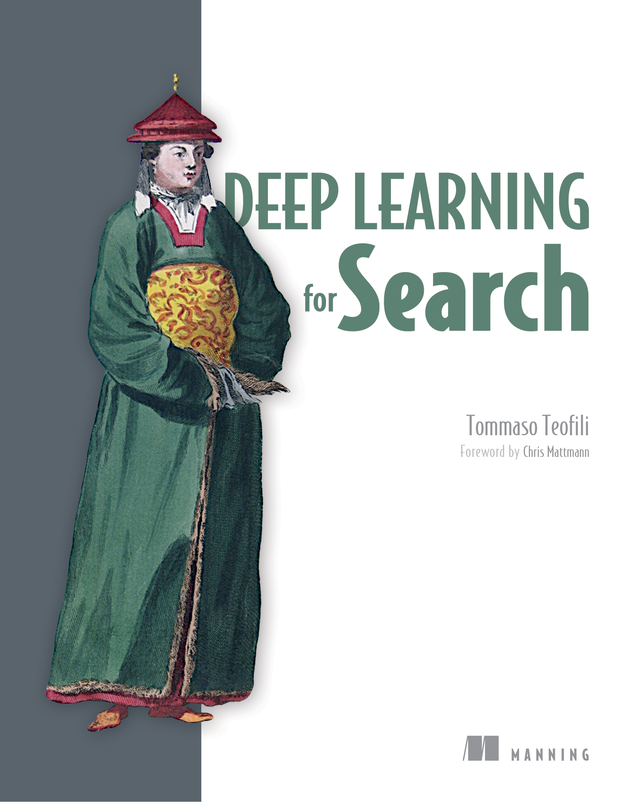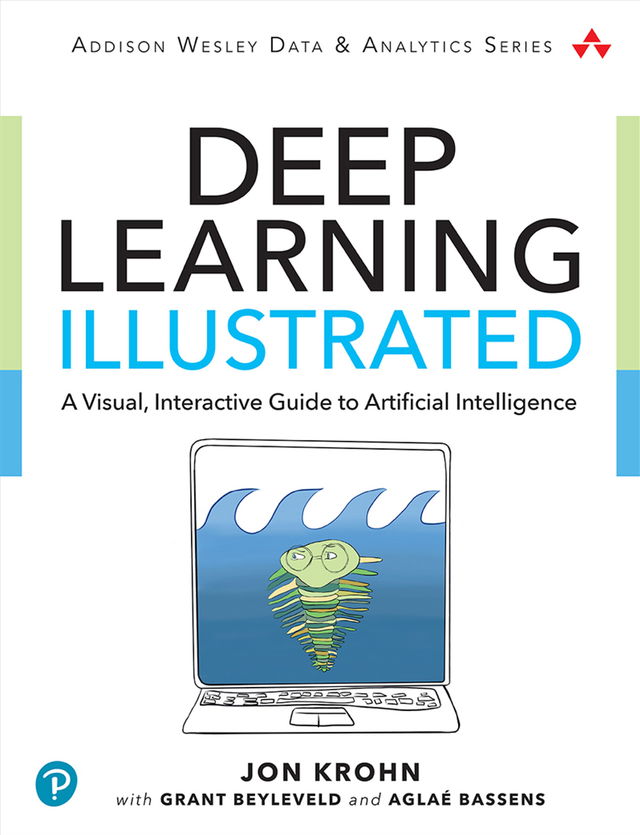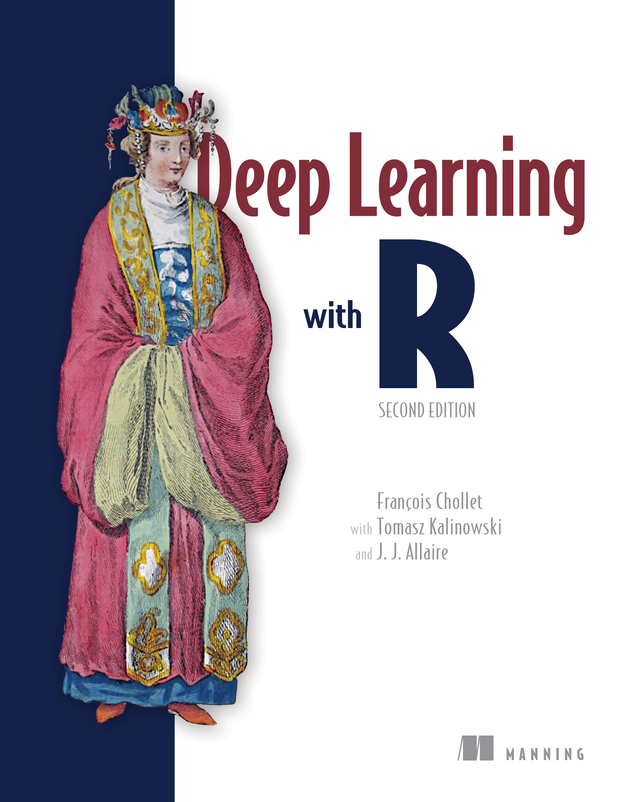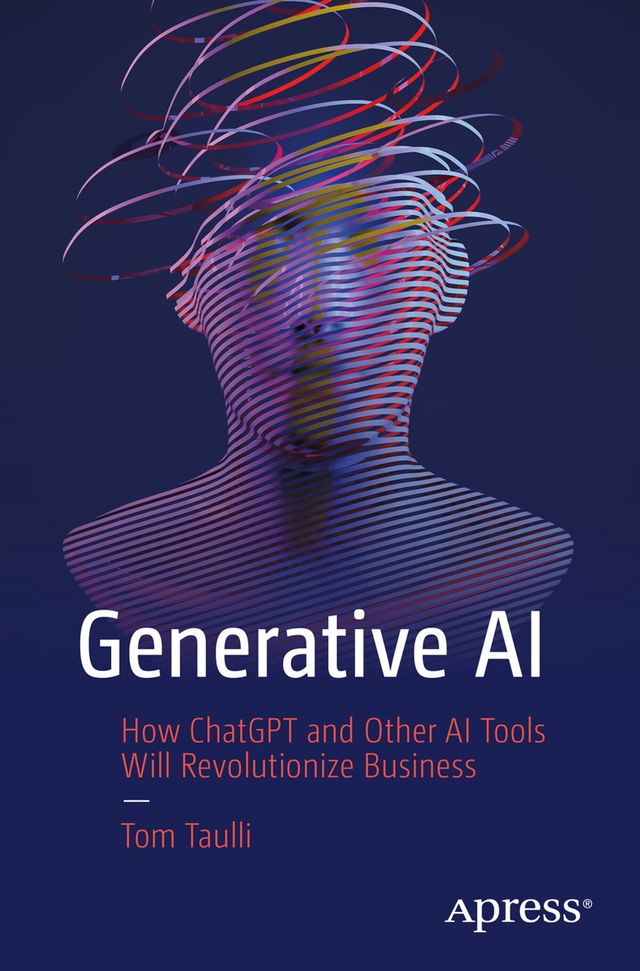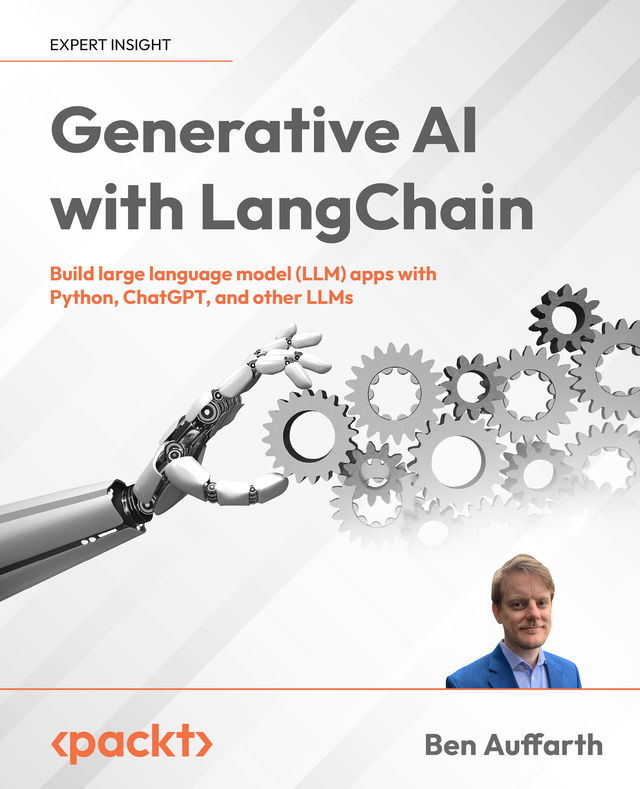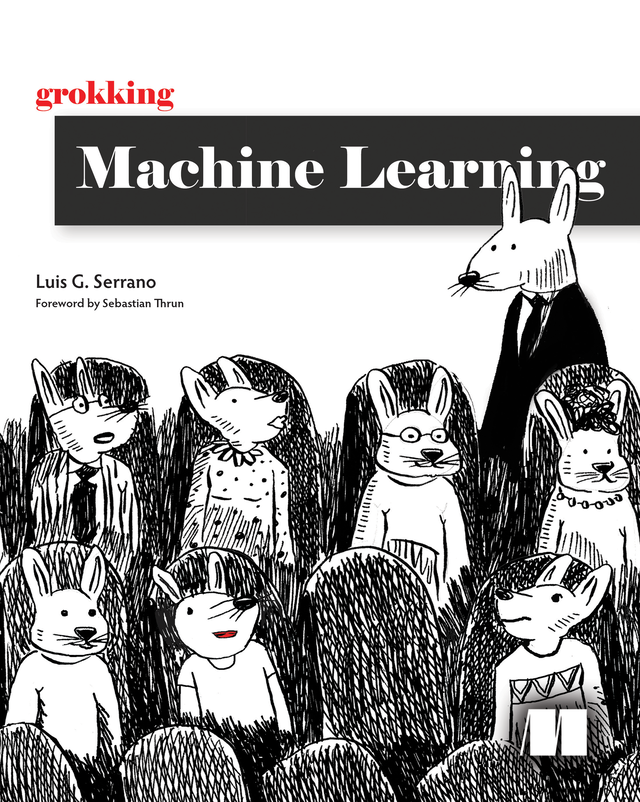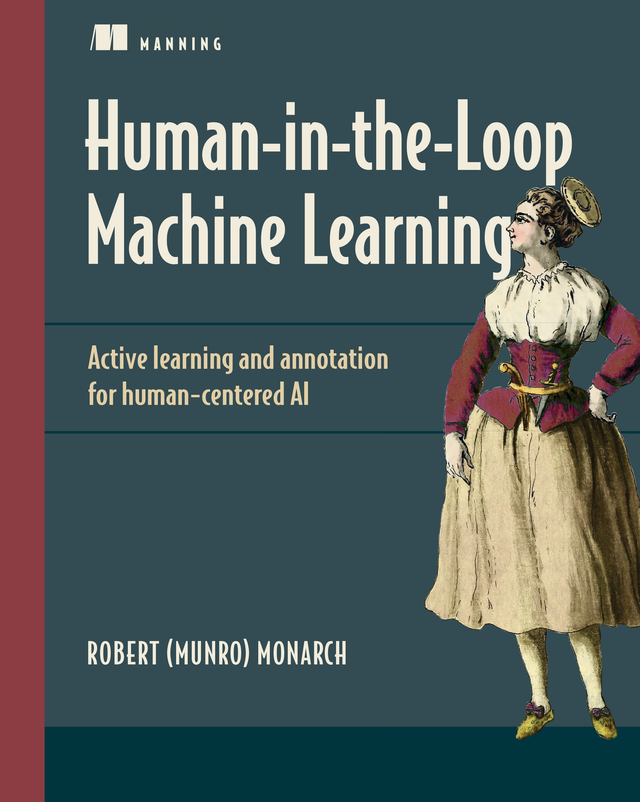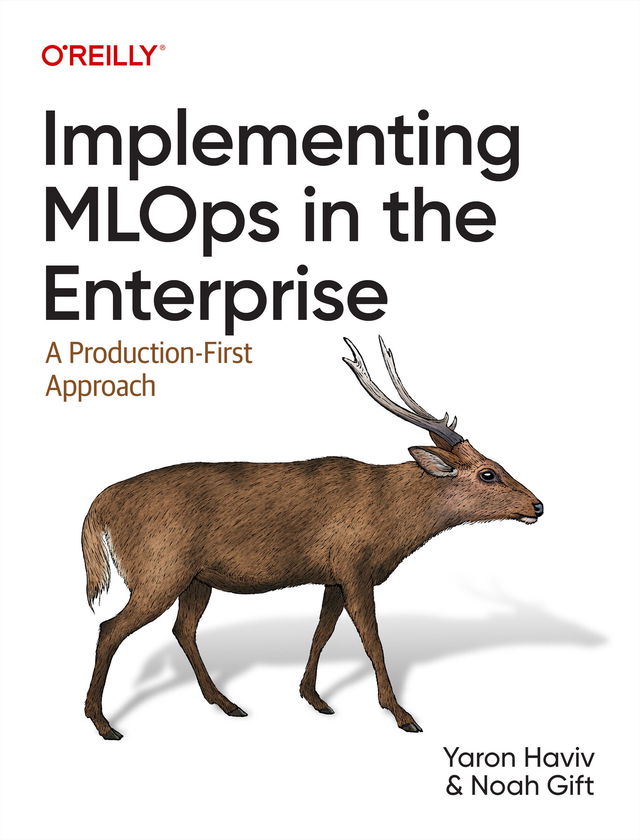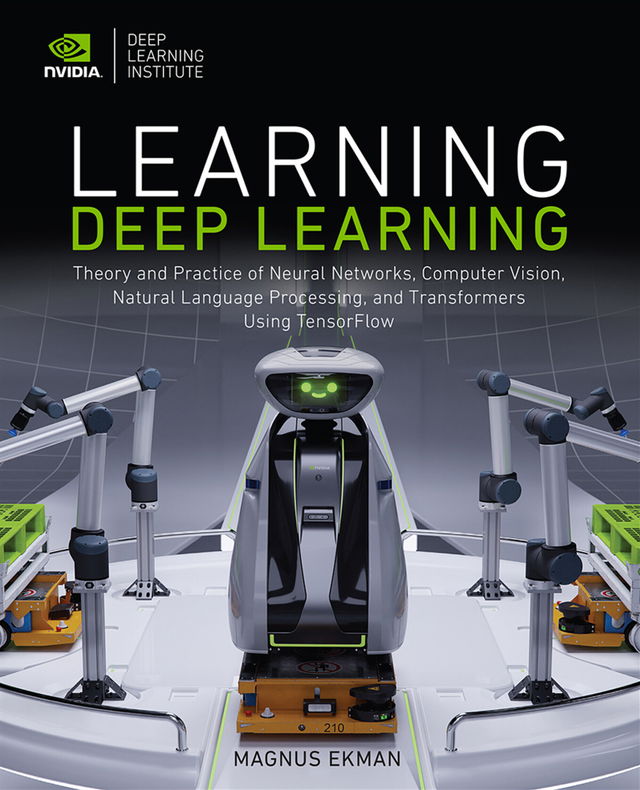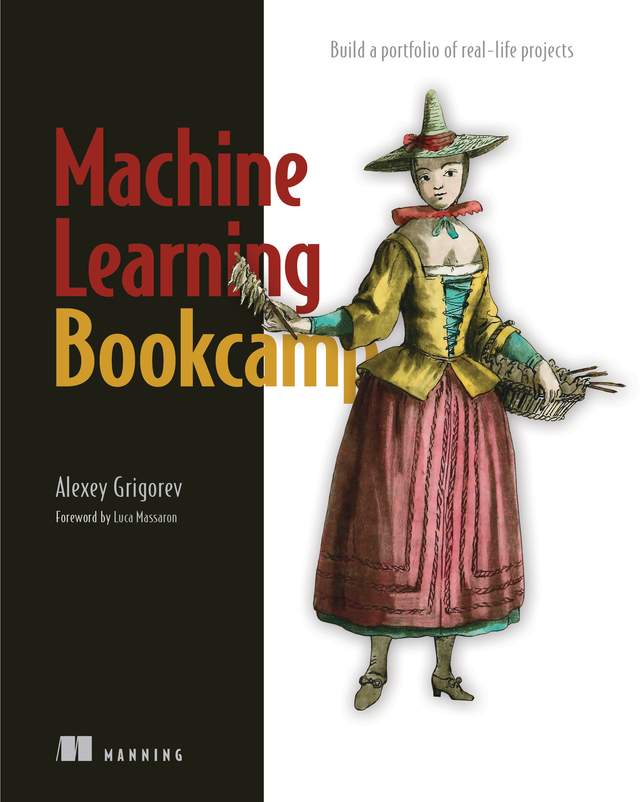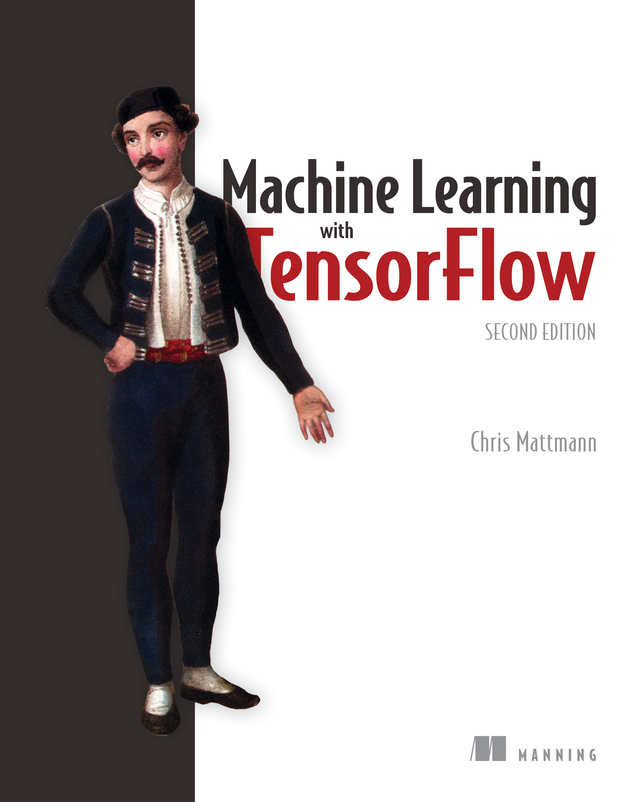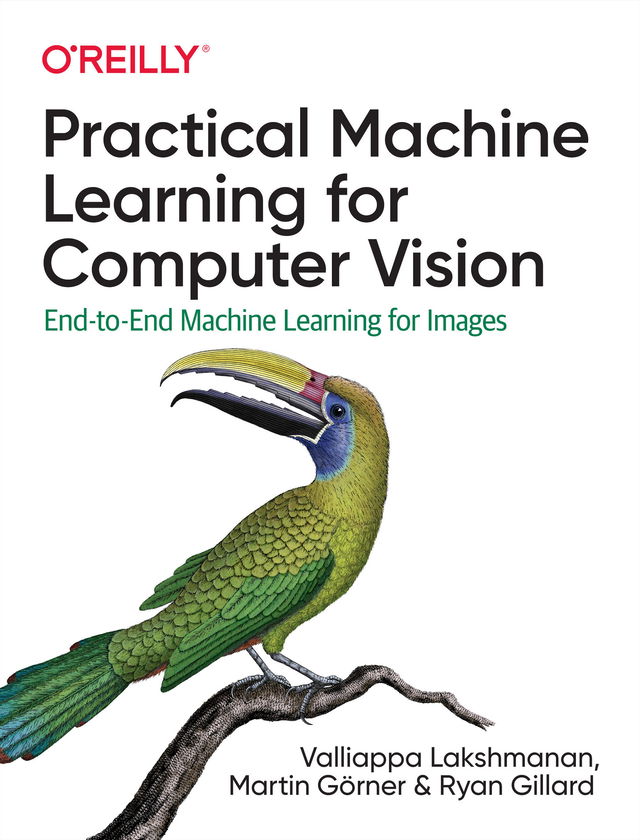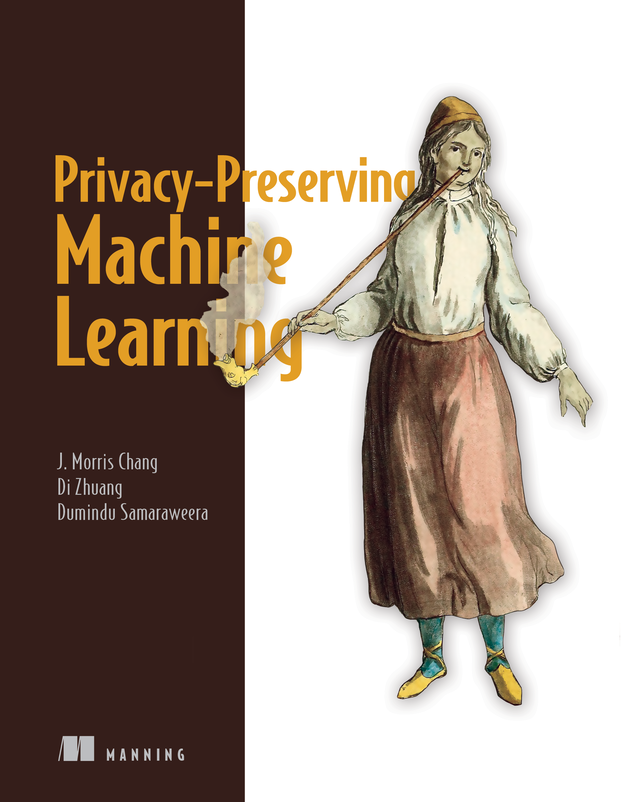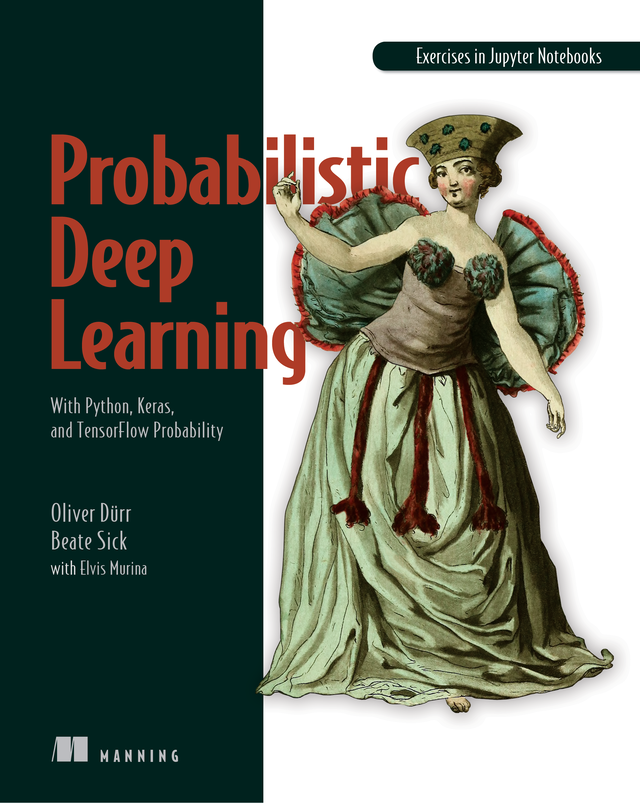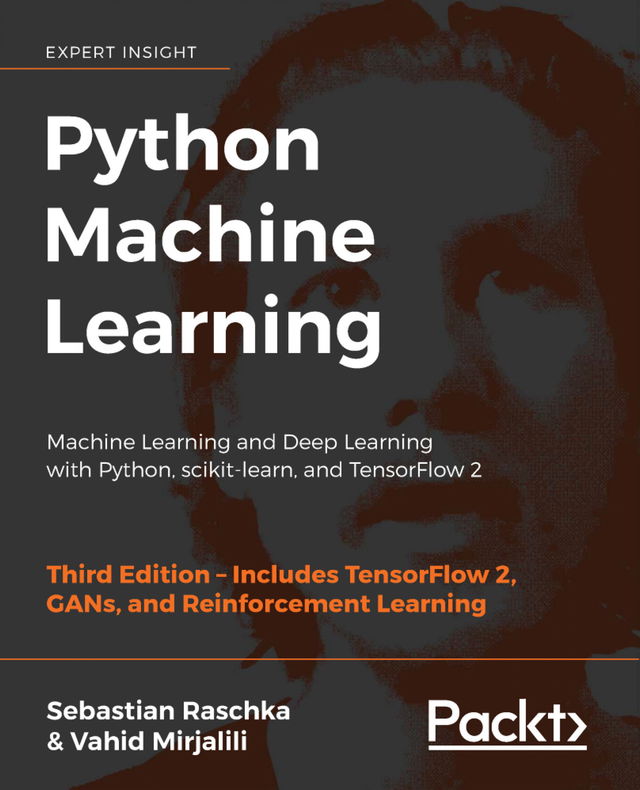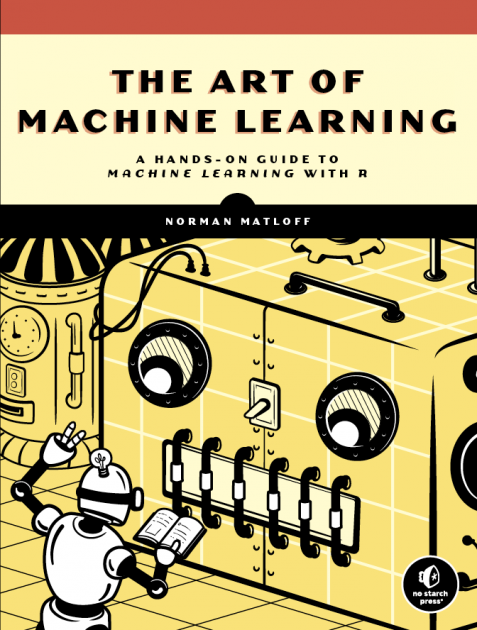This book is a comprehensive, cutting-edge guide designed to educate readers on the essentials of artificial intelligence (AI) and machine learning (ML), while emphasizing the crucial aspects of security, ethics, and privacy. The book aims to equip AI practitioners, IT professionals, data scientists, security experts, policy-makers, and students with the knowledge and tools needed to develop, deploy, and manage AI and ML systems securely and responsibly.
The book is divided into several sections, each focusing on a specific aspect of AI. It begins by introducing the fundamentals of AI technolgies, providing an overview of their history, development, and various types. This is followed by a deep dive into popular AI algorithms and large language models (LLMs), including GPT-4, that are at the forefront of AI innovation.
Next, the book explores the critical security aspects of AI systems, examining the importance of security and the key challenges faced in this domain. It also delves into the common threats, vulnerabilities, and attack vectors, as well as risk assessment and management strategies. This manuscript covers data security, model security, system and infrastructure security, secure development practices, monitoring and auditing, supply chain security, and secure deployment and maintenance.
Another key focus of the book is privacy and ethical considerations in AI systems. Topics covered include bias and fairness, transparency and accountability, and privacy and data protection. The book also addresses legal and regulatory compliance, providing an overview of relevant regulations and guidelines, and discussing how to ensure compliance in AI systems through case studies and best practices.This book is a comprehensive, cutting-edge guide designed to educate readers on the essentials of artificial intelligence (AI) and machine learning (ML), while emphasizing the crucial aspects of security, ethics, and privacy. The book aims to equip AI practitioners, IT professionals, data scientists, security experts, policy-makers, and students with the knowledge and tools needed to develop, deploy, and manage AI and ML systems securely and responsibly.


